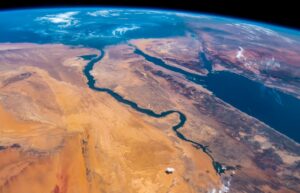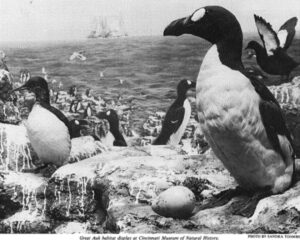Scientists have noticed an unsettling trend in our oceans over the past two decades. Satellite images have revealed that our oceans are steadily becoming greener.
While green mixing with the dark blue hues of the deep may look aesthetically pleasing, it is alarming.
Too much or too little of a species of fish or plant can force marine ecosystems to make drastic adjustments. This is why we often scramble to clean up oil spills and reduce or eliminate invasive species before the damage becomes irreparable.

Green ocean. Photo: Jeremy Bishop/Unsplash
The most important species in the marine food web is phytoplankton. Despite their small size, they play a vital role in the health of our oceans. They produce oxygen for us and feed many aquatic species. In some ways, they are the backbone of our oceans.
For the past 20 years, scientists have studied how oceans have responded to climate change. They noticed that more pockets of green have started to emerge, and the green is more intense. Green indicates the presence of phytoplankton. The color comes from chlorophyll within the phytoplankton. Green also marks high levels of carbon dioxide.
Over half the ocean has changed color
This color change occurs in the upper regions of our oceans. The 20-year study found that 56% of the ocean has changed color.
The study included data taken from NASA’s MODIS satellite. It analyzed images of the ocean using seven hues or wavelengths to pick up on differences that the naked eye cannot see. The bluer it is, the less marine life and activity. They collected data using a range “from 412 nm in the blue part of the spectrum to 678 nm in the red.”

Phytoplankton under the microscope. Photo: Stephanie Anderson/University of Rhode Island
Scientists are not entirely sure why this is happening. Some have suggested that warmer temperatures are responsible. Greener oceans occur nearer the equator.
“To actually see it happening for real is not surprising, but frightening,” said researcher Stephanie Dutkiewicz of MIT. “And these changes are consistent with human-induced changes to our climate.”
If this trend continues, it can create “hypoxic dead zones,” says David Nield of Science Alert. This could affect marine life in certain areas and force animals to migrate, affecting the entire food web.






